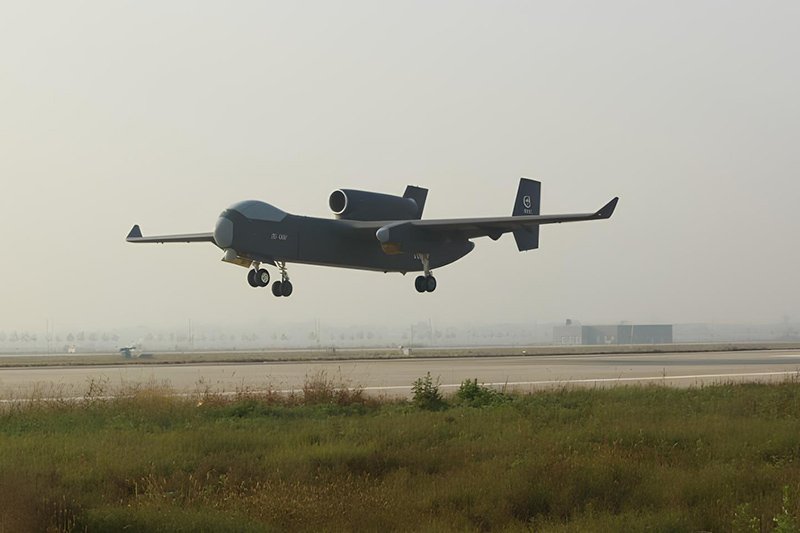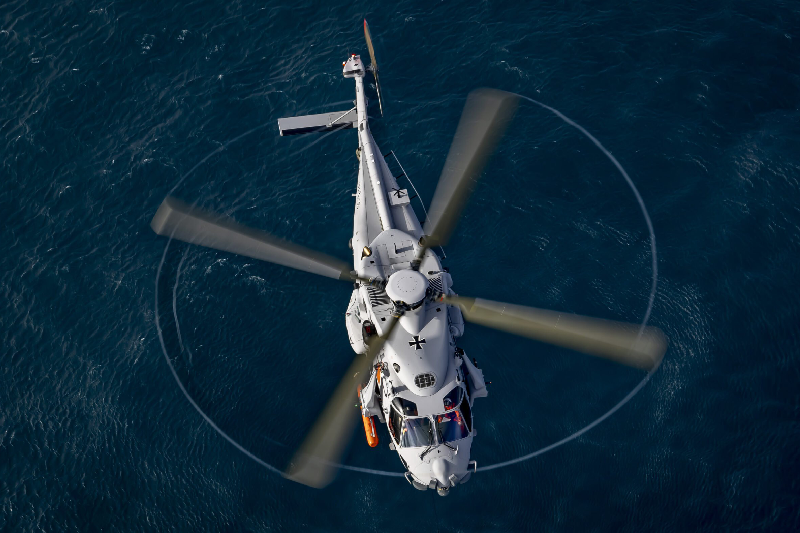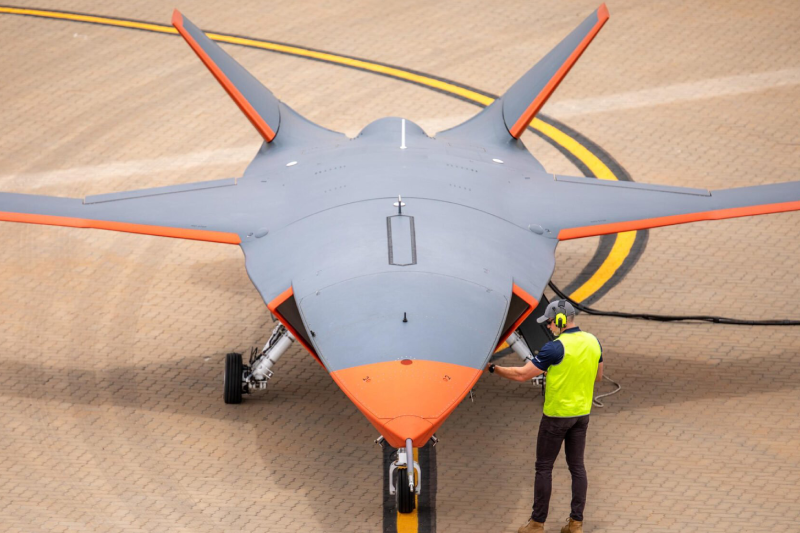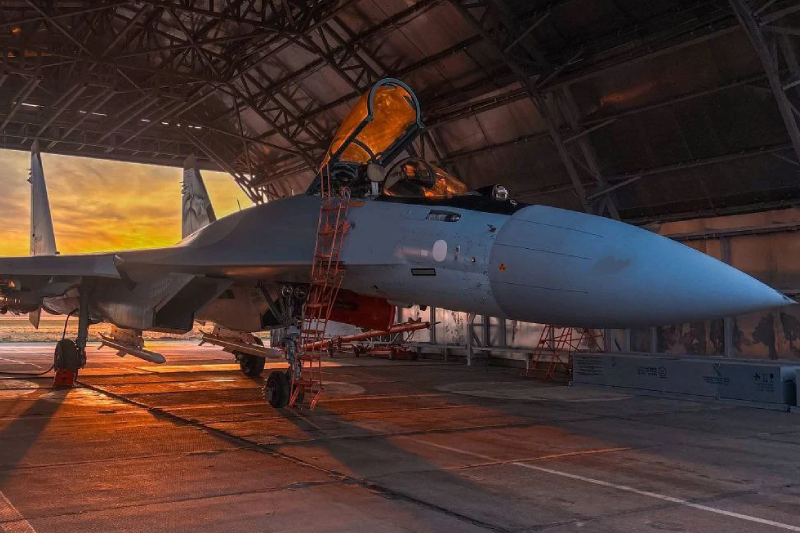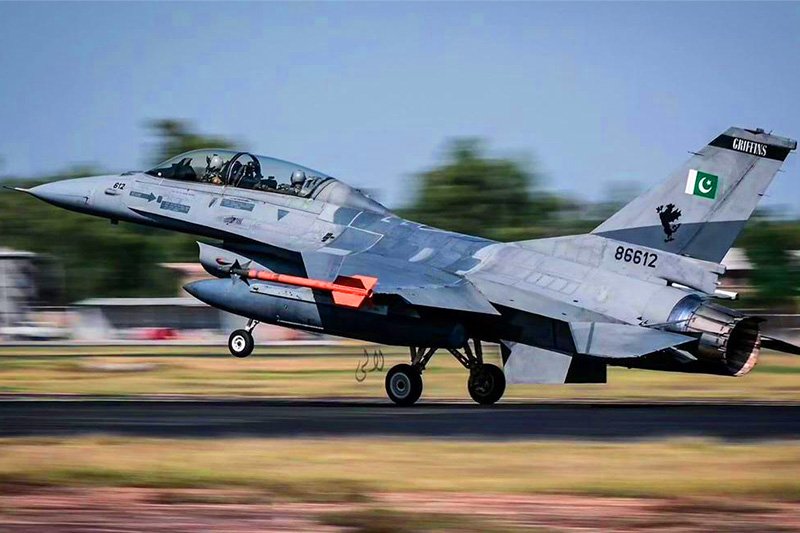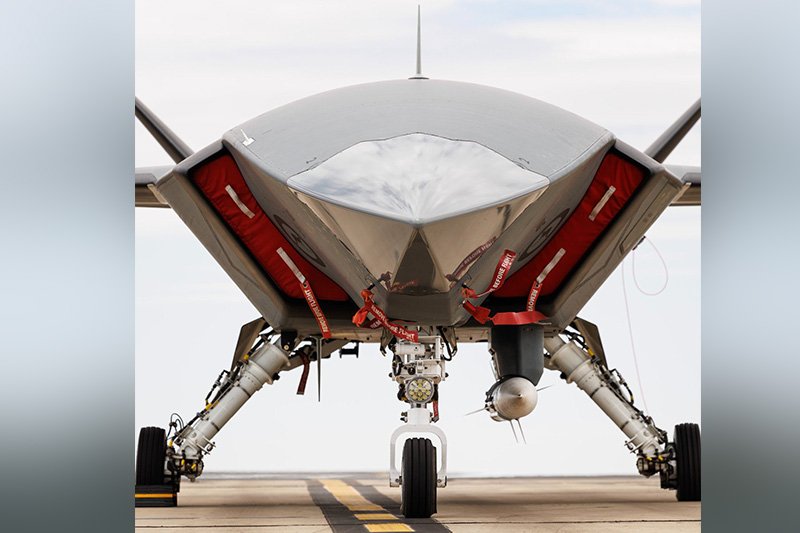Hanwha Unveils Autonomous Rocket Launcher
The defense industry is witnessing a revolutionary shift toward unmanned military systems, with autonomous artillery platforms leading the charge. As traditional warfare evolves and drone threats intensify, military forces worldwide are embracing robotic artillery solutions that promise enhanced safety, precision, and operational flexibility.
Hanwha Debuts Unmanned MLRS
South Korean defense giant Hanwha Aerospace recently showcased its groundbreaking unmanned Multiple Launch Rocket System (MLRS) at the prestigious MADEX 2025 exhibition. This innovative platform represents a significant advancement in autonomous artillery technology, building upon the proven capabilities of the company’s successful K239 Chunmoo system.
The new unmanned launcher boasts impressive specifications, weighing approximately 17 tons while maintaining remarkable versatility across deployment scenarios. Its compact design enables seamless integration aboard naval vessels, making it ideal for amphibious operations and coastal defense missions.
Versatile Deployment Redefines Warfare
The strategic advantage of this autonomous artillery system lies in its exceptional adaptability. Military commanders can deploy the unmanned MLRS from ship decks during naval operations or establish land-based positions for territorial defense. This flexibility proves crucial for dispersed amphibious operations, where rapid deployment and repositioning capabilities can determine mission success.
Developed under contract with South Korea’s Ministry of Defense, the system addresses modern warfare’s evolving demands. The platform’s ability to operate effectively in diverse environments makes it particularly valuable for nations with extensive coastlines requiring robust defense capabilities.
K9A3 Thunder: Autonomous Artillery Unveiled
Hanwha Aerospace’s innovation extends beyond rocket systems to include the revolutionary K9A3, an optionally unmanned variant of the renowned K9 Thunder self-propelled howitzer. This advanced artillery platform represents the pinnacle of autonomous weapon system development, combining remote operation capabilities with fully autonomous functionality.
The K9A3 features significant technical improvements over its predecessor, including an enhanced 155-mm gun with a 58-caliber barrel length. This upgrade extends the weapon’s effective range to an impressive 80 kilometers when utilizing precision-guided munitions, substantially improving battlefield effectiveness.
The system’s autonomous capabilities encompass both navigation and firing operations, allowing military forces to engage targets while maintaining safe distances from potential threats. This advancement addresses growing concerns about crew safety in modern combat environments.
Global Market Expansion and European Interest
European defense markets show increasing interest in advanced artillery systems, particularly following heightened security concerns since the Russian invasion of Ukraine. The K9A3’s autonomous capabilities position it as an attractive option for European buyers seeking cutting-edge military technology.
The growing demand for unmanned artillery systems reflects a broader shift in military procurement priorities, emphasizing force protection and operational efficiency. Nations worldwide recognize the strategic advantages of autonomous weapon platforms in maintaining military readiness while minimizing personnel risk.
United States Leads Autonomous Artillery Development
American defense contractors are simultaneously advancing unmanned artillery technology. Oshkosh Defense’s ROGUE-Fire platform exemplifies this trend, featuring an unmanned rocket launcher that integrates the versatile MLRS Family of Munitions container system.
The ROGUE-Fire platform demonstrates remarkable ammunition compatibility, supporting both unguided and precision missiles including GMLRS, ER GMLRS, ATACMS, GLSDB, and the upcoming Precision Strike Missile (PrSM). This versatility ensures sustained relevance as military ammunition technology continues evolving.
HIMARS Evolution
The transformation of the proven M142 HIMARS system into the Autonomous Multi-domain Launcher (AML) represents a significant milestone in military robotics. Live-fire testing conducted in 2024 validated the system’s operational capabilities, demonstrating successful autonomous target engagement.
The AML prototype eliminates crew cabin requirements while incorporating redesigned control and engine sections. This configuration maximizes operational safety while maintaining the HIMARS platform’s renowned reliability and effectiveness.
Also read this: China Electromagnetic Catapult Carrier Undergoes Sea Trials
Strategic Response to Evolving Battlefield Threats
The accelerated development of autonomous artillery systems directly responds to increasing drone warfare threats. Traditional artillery crews face elevated risks from sophisticated drone attacks, making unmanned alternatives increasingly attractive to military planners.
Autonomous artillery platforms offer enhanced survivability through remote operation capabilities, allowing military forces to maintain fire support while protecting valuable personnel. This technological evolution ensures continued artillery effectiveness despite changing threat landscapes.
The emergence of autonomous artillery systems marks a transformative period in military technology development. Companies like Hanwha Aerospace and Oshkosh Defense are pioneering solutions that enhance operational capabilities while addressing modern warfare’s unique challenges. As nations worldwide invest in these advanced systems, autonomous artillery platforms will undoubtedly play crucial roles in future defense strategies, combining technological innovation with tactical superiority.
Keep connected with us at Facebook, Twitter, YouTube, Instagram & TikTok for latest defense happening around the globe.
Discover more from International Defence Analysis
Subscribe to get the latest posts sent to your email.


